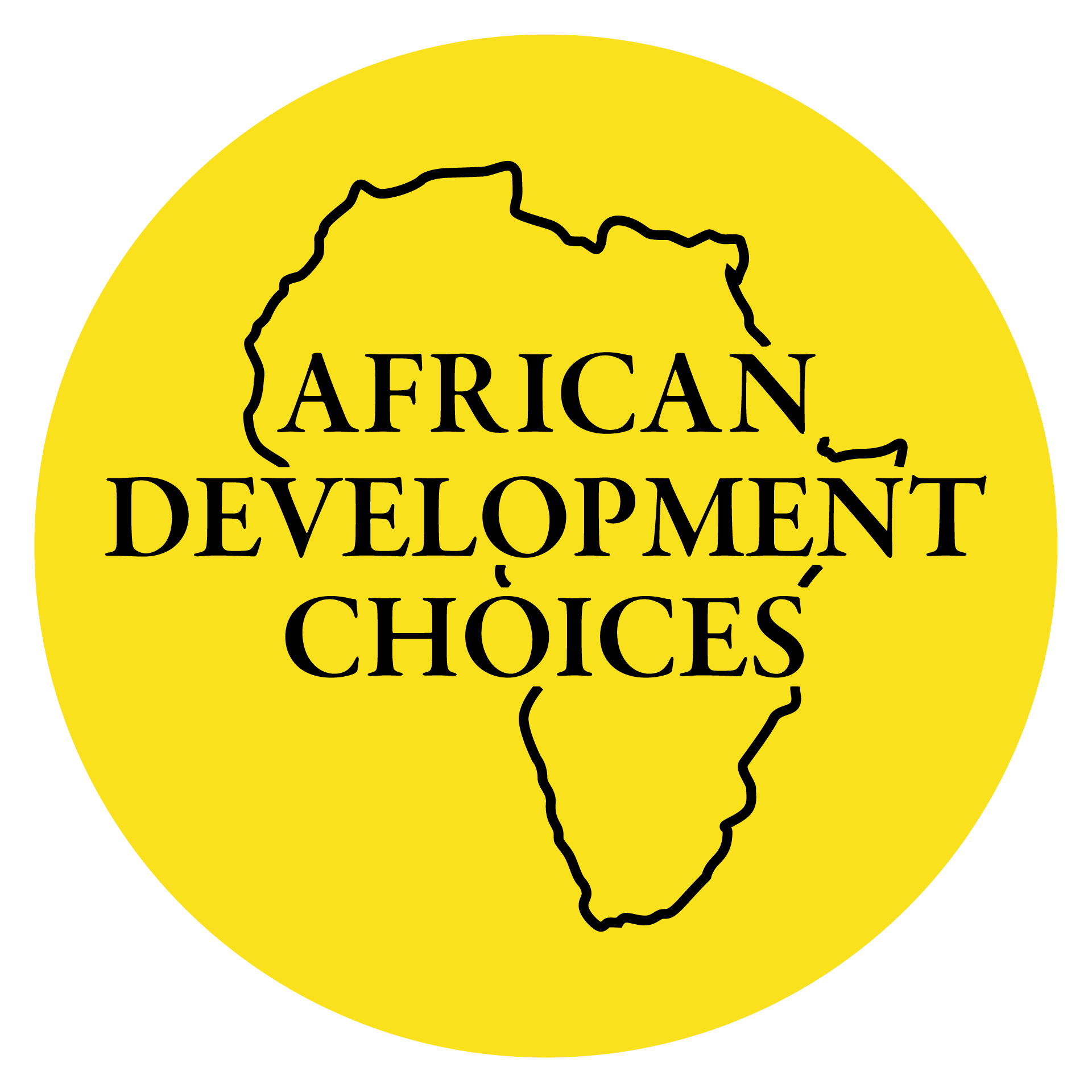2010 was a year of celebration for the citizens of Kenya, and brought much-needed advances in the country’s governance system. Replacing the 1963 Independence Constitution with the new Constitution of Kenya 2010 signified the end of a centralised government. Moreover, brought with it the promise of a devolved system. The people would, for the first time, have a legal framework to enforce devolution and end poverty in Kenya. Equally important, the constitution would encourage public participation in Kenya in managing public funds and resources.
Public participation sits at the heart of the Constitution as a national value. It is key to promoting transparency, accountability, and efficient service delivery.
But change has been slow. Although county governments were formally established under the 2010 Constitution, devolution was only rolled out in March 2013. Furthermore, according to a report by Transparency International Kenya, most struggling with poverty, six years later. The county governments have not successfully implemented effective public participation mechanisms under the new law.
What would Public Participation in Kenya look like?
According to the Uraia Trust, a donor-funded civic education program in Kenya, there are eight stages of public participation that are divided into three overarching categories. These are based on Sherry Arnstein’s “Ladder of Citizen Participation”. Within the following text, ‘leaders’ refers to local elected representatives.
Category 1: Non-participation
This is the lowest form of public participation. “Non-participatory” signifies a scenario in which citizens are neither consulted on their priorities, nor considered in decision–making.
The non-participation category consists of two stages:
Stage 1 is Manipulation. Through the use of propaganda, issued by leaders, citizens are manipulated into thinking that public participation is taking place. However, in reality, the citizens are not playing any part in decision–making.
Stage 2 is Therapy. Leaders control the content and amount of information that the public are given, viewing citizens as being incapable of decision–making. In this instance, “participation” becomes like group therapy sessions where “experts” are hired by leaders to “educate” citizens. Rather than taking into consideration the priorities of citizens, the focus is on adjusting the values and attitudes of citizens. This is to ensure that citizens’ opinions are aligned with the leaders, enough to not pose a challenge the ruling class.
Category 2: Tokenism
Unlike Manipulation and Therapy, citizens have the opportunity to advise leaders on the needs and wants of the community. However, the leaders rarely take the citizens’ wishes into account. Furthermore, the few public inputs that they respond to are tokens rather than signs of real participation.
The tokenism category consists of three stages:
Stage 3 is Informing. Leaders inform citizens of what is happening or will happen in the future. Informing means that decision making is one-way. Information comes from the leaders to the citizens with no channel provided for feedback and no power for negotiation. The information provided is superficial, irrelevant or incomplete, and presented through media, such as news outlets, pamphlets, and posters. Citizens are told they have a chance to influence the proceedings. Even so, information is usually only given at a very late stage of the process. This is to ensure that changes can no longer be made and citizens cannot ask questions.
Stage 4 is Consultation. Unlike informing, there is a two-way flow of information between citizens and leaders through mediums like meetings, hearings, and surveys. However, the opinions that the public gives throughout this process is rarely taken into account. Metrics that report meeting outcomes, such as attendance numbers, survey counts, and brochure distribution counts don’t include any objections, negotiation or protest.
Stage 5 is Placation. Citizens begin to gain influence through community representatives with positions on boards or committees that have executive power. Unfortunately, the leaders can overrule or outnumber the representatives if their opinion does not favour the ruling class.
The influence of placation depends on whether citizens have the opportunity to state their priorities. Or if leaders are subtly manipulating the citizens to ask for certain things which will actually benefit the leaders more than the community.
Category 3: Citizen Power
This is public participation at its most effective level. Citizens have a free and fair opportunity to participate. In addition, the leaders value and accept citizens ‘contributions enough to make an impact to the community accepted and have an impact.
The citizen power category consists of three stages:
Stage 6 is Partnership. Citizens can engage in negotiations with leaders or take part in decision-making responsibilities. Partnership usually involves structures such as joint policy boards and planning committees. They work best when citizens organise representatives and groups within the community capable of holding leaders accountable.
Stage 7 is Delegated Power. Leaders transfer part of their authority to individuals or community groups by giving them dominant decision-making authority over a particular plan, including veto power over government budgeting decisions. This gives citizens a sense of ownership over the state of their community.
Stage 8 is Citizen Control. This is the highest form of public participation, meaning that citizens have greater power over decision-making and are fully involved in the process. For example, by having majority seats in a committee, they would have direct control over funds to ensure they are allocated to prioritised areas.
For further information on public participation in relation to the governance of a country, read Uraia’s Citizen Participation Booklet: What is Public Participation?
ADC’s Perspective on public participation in Kenya
Despite the new Constitution of Kenya 2010 providing the legal framework, there are still significant barriers to public participation in Kenya. One of the biggest barriers is the lack of capacity for public participation. This has created the perfect conditions for Kenya to be stuck in Category 1.
That is why the story of ADC started with Moses and empower communities.
At African Development Choices, we believe that in order for Kenya to reach higher categories of public participation, focus must shift to finding innovative ways to build the capacity of communities to participate.
Our unique approach provides the solution. Due to historical mismanagement of public resources, community expectations have been crushed. Raising expectations is the first step towards empowering public participation.
We will achieve this by using our projects to set new and better precedents for efficiency, accountability, and transparency in the management of public resources. We will share information from our projects to educate communities and encourage them to expect more from public resources. With a clear understanding of what appropriate resource management looks like, communities will be empowered to play an active and independent role in decision-making processes.
African Development Choices is determined to throw a pebble into the pool of challenges that hinder public participation in Kenya. Our intention is that the resulting ripples of transparency, accountability and efficiency will eventually spread throughout the country to become normal practice.












0 Comments